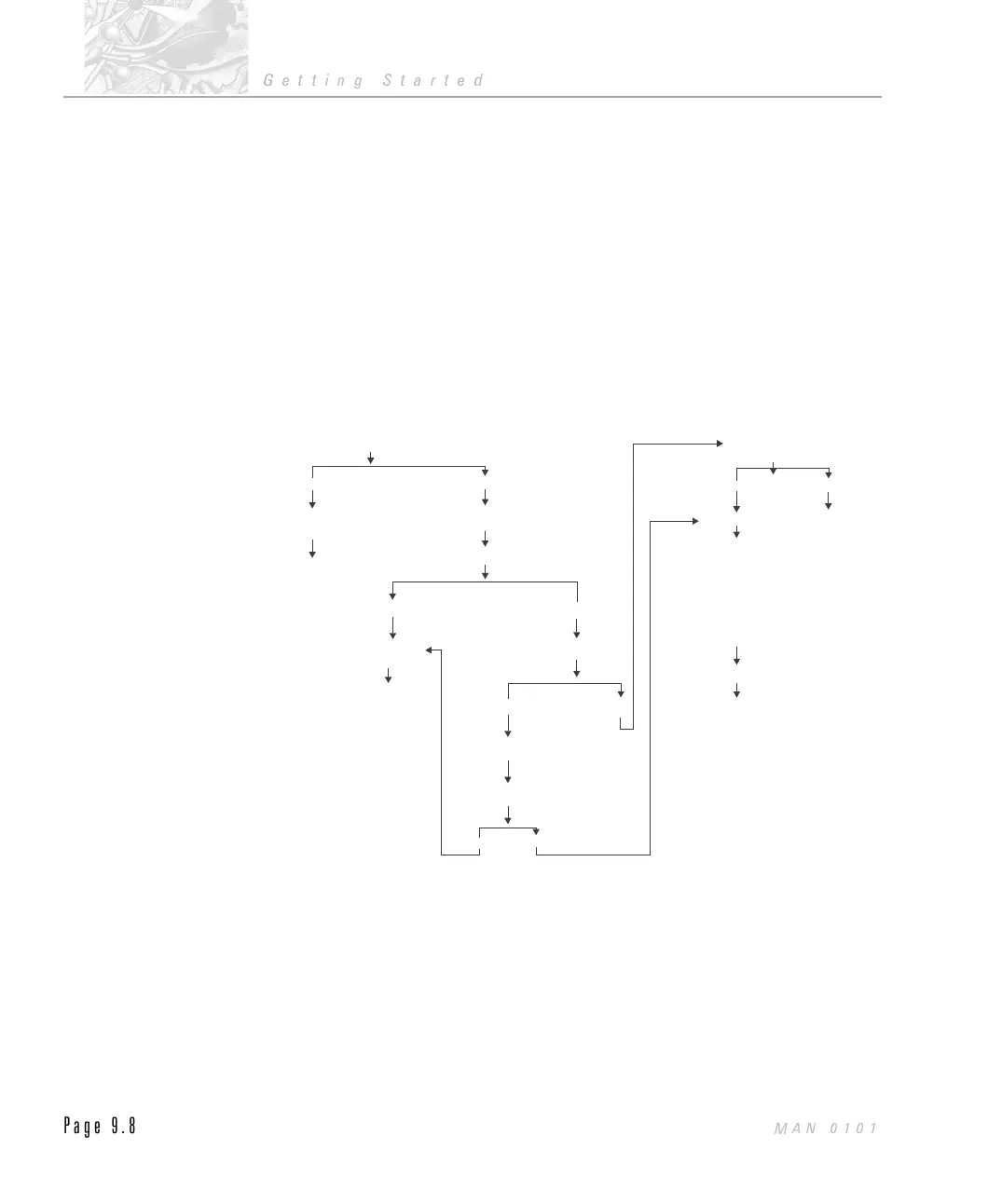Bubbles can be tested for by circulating the dispersant with appropriate additives
through the cell using the dispersion unit, and turning on the ultrasonics. Should
bubbles pass through the cell and scatter light then you have a problem. The
solution is to use the ultrasonics for one or two minutes, then turn them off and
wait for several minutes with the sample continually circulating.
Bubbles will vary in size but will typically be in the region of 100 microns in size.
In many cases these bubbles can be clearly seen as a second and separate peak
when the measurement data is analysed.
Summary of sample preparation
The flow diagram below shows the route taken to prepare an unknown sample.
No
Ultrasound If Necessary
Analyse
Try Solvent
Yes
Does Ultrasound
Work ?
No
NoYes
Analyse
Try Surfactant
Analyse
Ultrasound If
Necessary
Yes
For Dry Analysis
Analyse
For Wet Analysis
Representative Sample
(riffle if necessary)
Yes
No
e.g. Ethanol
Propan-2-ol (IPA)
Methanol
Acetone
Butanone (Methyl Ethyl Ketone)
Hexane
Toluene
Dimethyl
Digol
Does It Float ?
Does This Disperse It ?
SAMPLE
Does It disperse In Water ?
Representative Sample
(mix well or riffle if dry powder)
ILL 2019
CHAPTER 9
Getting Started
Page 9.8
MAN 0101

